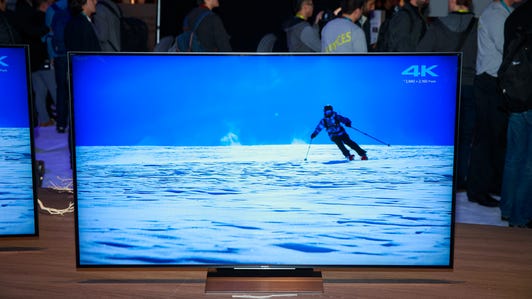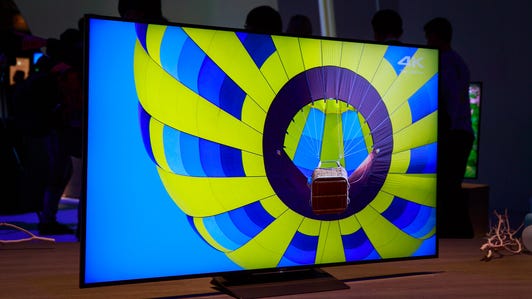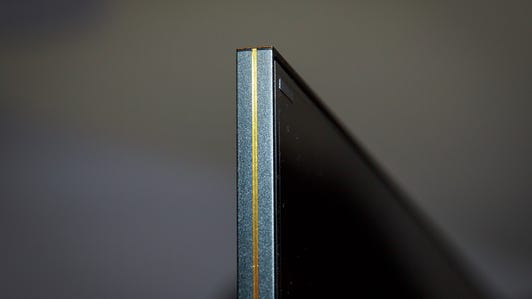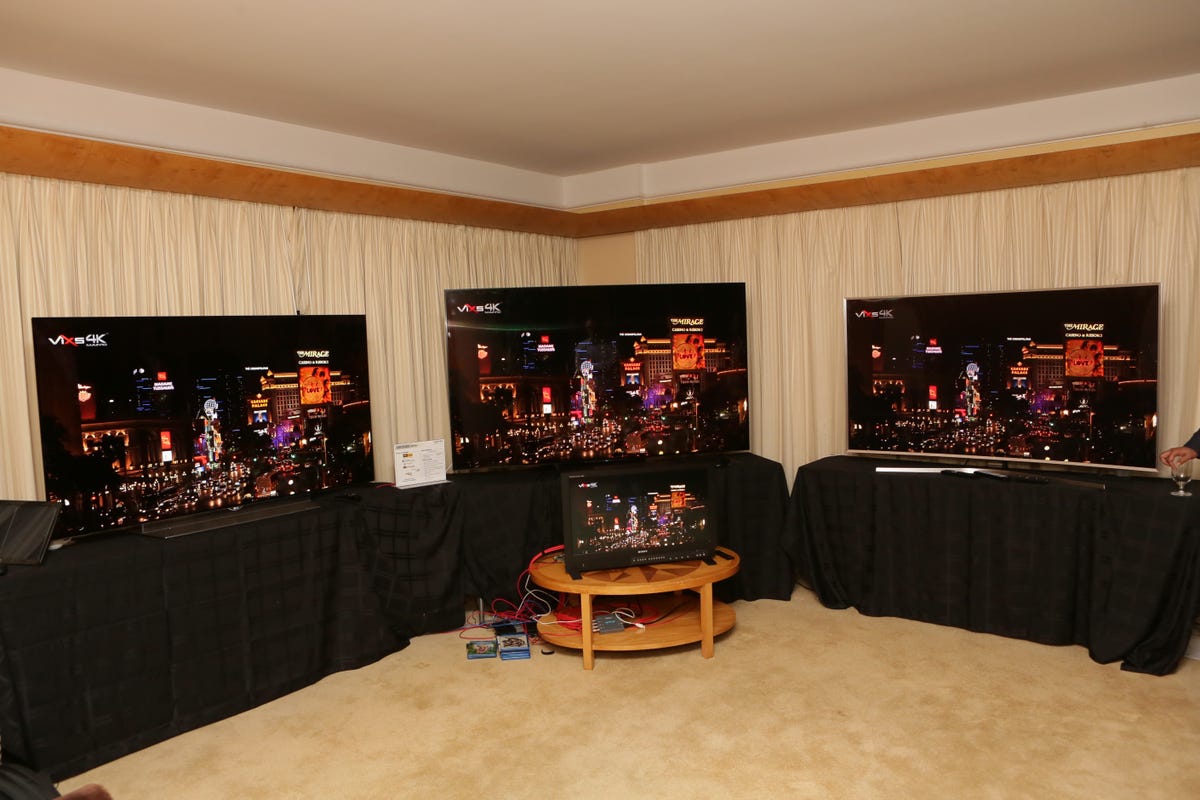Sony says it’s paring down its TV offerings to concentrate on the high-end 4K market, and its expensive 2016 lineup is further proof.
The storied Japanese TV maker is first among major names in announcing 2016 prices for its TVs, all of which use LED LCD technology. And many cost as much or more than comparable OLED-based models from LG, which deliver the best picture quality we’ve ever tested.
LG’s cheapest flat 65-inch OLED, the 65EF9500, currently sells for $5,000 — the same as Sony’s best new 65-inch LED LCD set. Sony’s cheapest new 55-inch TV costs more than the superb 55EG9100 OLED, while its best 55-incher costs more than the 55EF9500 OLED. Sony’s reps did say the company would sell other, cheaper TVs in 2016, but I wasn’t given any additional details.
Sony’s 2016 TVs get high price tags to go with high dynamic range (pictures)






+7 more
In their favor, Sony’s new high-end sets do boast some intriguing technology on paper. We got an initial look at the TVs at CES 2016, namely the XBR-X930D with the company’s new Slim Backlight Drive, and later in February experienced a more in-depth demonstration set up by Sony in a private suite in Manhattan.
Here’s the full lineup. All are available for pre-sale now and ship in March.
Sony’s 2016 high-end TVs
| Model | Size | Price | Key feature |
|---|---|---|---|
| XBR-55X850D | 55 inches | $2,499 | HDR compatible |
| XBR-65X850D | 65 inches | $3,499 | HDR compatible |
| XBR-75X850D | 75 inches | $4,999 | HDR compatible |
| XBR-85X850D | 85 inches | $9,999 | HDR compatible |
| XBR-55X930D | 55 inches | $3,299 | Slim backlight drive |
| XBR-65X930D | 65 inches | $4,999 | Slim backlight drive |
| XBR-75X940D | 75 inches | $7,999 | Full-array local dimming |
The X850D series, available in sizes up to a whopping 85 inches, is the least-expensive model introduced. Like the step-up models it will handle video sources in HDR (high dynamic range) and offer Sony’s Triluminous wide color gamut technology for more realistic colors. The promise is to improve upon mere 4K resolution with better contrast and color, and Sony even says the new sets up-convert non-HDR sources to near-HDR quality.
On the other hand the X850D doesn’t have the local dimming backlight we like so much, a technology that’s especially important for delivering the brighter highlights of HDR. Sony does say it has improved image quality compared to the 2015 XBR-X850C, however, which didn’t fare well in our comparisons.
Sony XBR-X930D (pictures)






+6 more
The step-up X930D employs what Sony is calling an improvement on the standard edge-lit LED local dimming backlight. The so-called Slim Backlight drive is said to allow improved light output, smaller more precise dimming zones and reduced blooming (light spillover outside the zones) by virtue of two “light guides” combined with two rows of LEDs along each side of the TV.
In Sony’s controlled demos it indeed looked impressive, although I’ll wait to render full judgement until I can test it myself. The panel is also extremely slim, albeit not as slim as OLED, but Sony says it can hang even more flush on the wall.
Finally there’s the XBR-75X940D, the flagship model with full-array local dimming. Its predecessor, the XBR-75X940C, was a superb performer in our tests, giving 2016’s best LED LCD, the Samsung UNJS9500, a run for its money in our comparisons. The new version lacks the 2015 model’s crazy-huge speakers, but Sony says its picture is even better.


Sarah Tew/CNET
Sony’s most extensive comparison in the hotel suite pitted the X940D against LG’s EF9500 OLED and a JS9500, with Sony’s relatively small, 30-inch, $30,000 OLED studio monitor as a reference (see above). Clips in HDR included selections from Sony Pictures as well as nighttime shots of Vegas and Carnival in Rio. The big Sony definitely looked impressive, although again, I don’t trust any demo set up by a manufacturer to say more than that. And of course, the LG and Samsung were 2015 models compared to the 2016 Sony.
We look forward to testing Sony’s new 2016 TVs soon.




